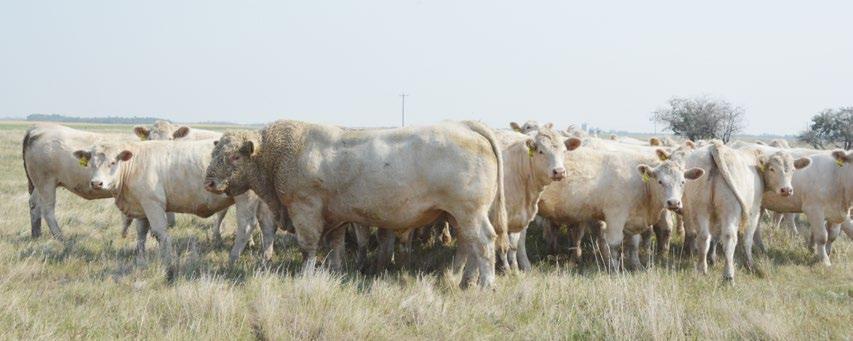
4 minute read
POLLED
Rawes Ranches has maintained a focus on Performance Testing throughout our time in the cattle business. In 1990, our sale was the first in Canada to print EPDs in a sale catalogue. The addition of carcass data came in 2000 and has since been displayed as an EPD value.
And it all starts at calving time when data is first collected on the animal. Our second-calvers and mature cow herd calve on grass in May through June. We like to calve cows on carry over grass (barring a drought). The cows are moderate framed “Charolais” cows. After coming through the winter and into calving season, they are in their working clothes; not carrying a lot of extra flesh and weighing roughly 1500-1600 pounds. It’s the norm for these cows to have calves weighing 100-110 pounds. A lot of that weight is in extra length. We are not ashamed to print what the scale reads. We believe the shape of the calf is, for the most part, more important than the weight of the calf. Rarely do we ever bring a cow in unless it’s for malpresentation. Like most operations today, we simply don’t have time for unnecessary problems.
Advertisement
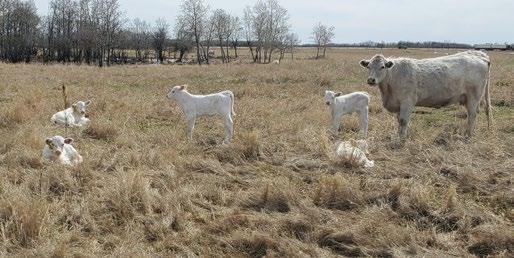
EXTRA LENGTH, EXTRA POUNDS!
ACCURATE RECORD KEEPING AND CONSISTENT DATA SUBMISSION CONTRIBUTE TO PROVEN AND PREDICTABLE GENETICS
A second-calver babysits at the calving pasture May 6, 2020
The calves are long-bodied, small-headed, and clean-fronted, just like the bulls that sired them.
Rawes Dallas 7A Rawes Sawyer 162E Rawes Luke 214D
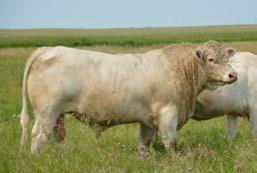
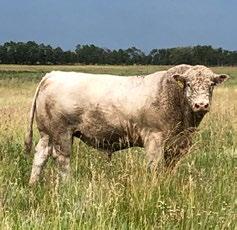
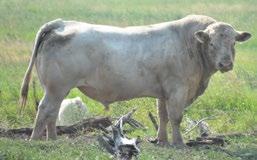
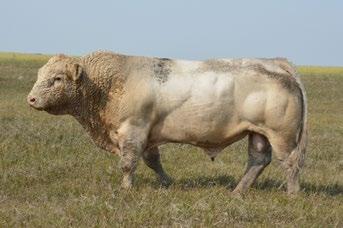
Rawes Dallas 269A Rawes Maddox 398F
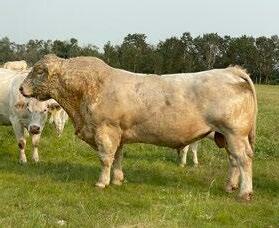
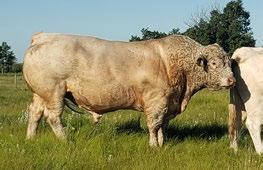
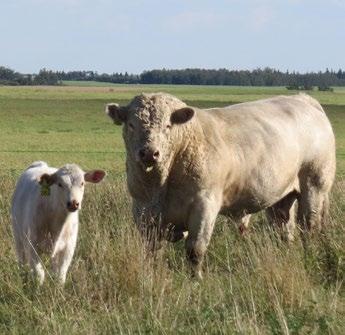
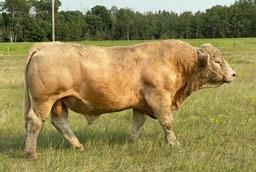
AAA Sir Terrific 521C Rawes Maddox 376C
AAA Sir Pauls Fire 508C

Performance Information Explained
In order to use this data to its full potential, it is important to have an understanding of the terminology and collection methods. Take the opportunity to become familiar with the information below, so you are able to make a better-informed decision about the bull that will fit your needs.
BW The recorded birth weight of the calf when born. SC Bulls have been scrotal measured January 2023 and all will sell with a valid semen certificate. FS Frame Score has been calculated to assist customers with online and sight unseen purchases, situations where in-person appraisals are not possible. Call us if you have any questions about frame score. WT The live weight of bulls in mid January 2023 to be used in combination with frame score to assist customers with online and sight unseen purchases.
BW Birth WT EPD is expressed in pounds. A smaller EPD means a lighter birth WT. WW Weaning WT EPD is also expressed in pounds. A larger WW EPD indicates that his progeny will have higher weights at weaning (205 days). YW Yearling WT EPD is expressed in pounds. A larger YW EPD indicates that his progeny will have higher weights at yearling (365 days). TM Total Maternal EPD combines ½ of the weaning weight EPD and all of the milk EPD. It is expressed as pounds of calf weaned at 205 days. Larger TM EPD predicts greater weaning weights from daughters. REA The expected difference in ribeye area of progeny in square inches. A larger number indicates that the ribeye muscle will have a larger area. MRB The expected difference in marbling score of progeny. A larger number indicates that progeny will express a higher degree of marbling. LY The expected difference in lean meat yield of progeny expressed as a percent. Lean yield is the percent of lean meat produced in relation to the total carcass weight. A larger number indicates a higher percentage of lean meat in the carcass and more yield grade 1 carcasses.
CANADIAN CHAROLAIS BREED EPD AVG: BW 0.5 WW 45 YW 87 TM 44 REA 0.45 MRB 0.25 LY 1.04
Expected Progeny Differences (EPDs)
EPDs incorporate the performance of the individual animal as well as the performance of its relatives. The EPDs available on these bulls have been provided by the Canadian Charolais Association and can not be compared between breeds.
Sale Bull Comparative
We ran the numbers to see how our sale bulls compared to the average Charolais animal in Canada, using Canadian Charolais Association EPDs. These are the results… BW 30% have lower BW EPDs WW 83% have higher WW EPDs YW 85% have higher YW EPDs TM 63% have higher TM EPDs REA 88% have higher REA EPDs MRB 63% have higher MRB EPDs LY 90% have higher LY EPDs
AAA 606D has become our main heifer bull. He has a -2.3 lb BW EPD and has sired 132 calves. He ranks in the top 1% in Canada for both Marbling and Ribeye Area EPDs; we are extremely impressed with the way he throws these top performing carcass traits into his calves.
